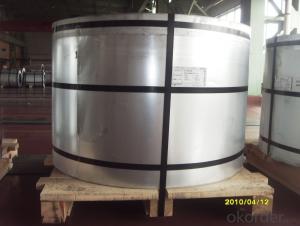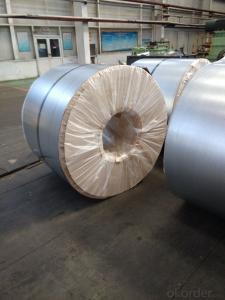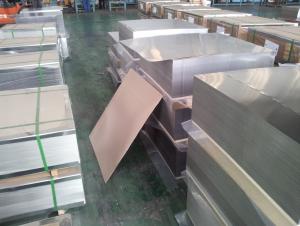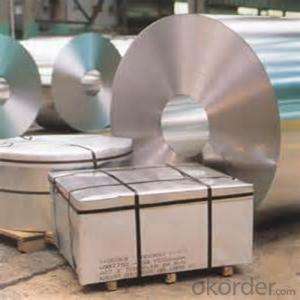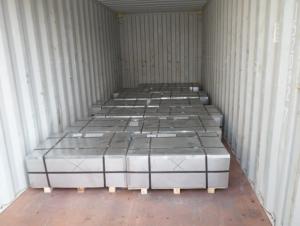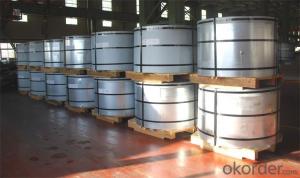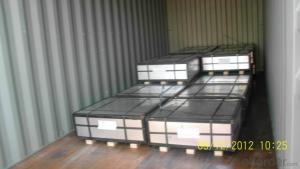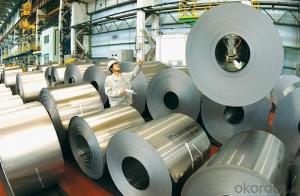Tinplate Tins
Tinplate Tins Related Searches
4 By 8 Plastic Sheets Thin Plastic Sheets Flexible Tinplate Coil Quotes Tinplate Iron Clear Plastic Sheets Hard Plastic Sheets 4X8 Lightweight Plastic Sheets Wavy Plastic Sheets White Plywood Sheets Poly Styrene Foam SheetsHot Searches
Tinplate China Tinplate Stock Price Tata Tinplate Price List Tinplate Price Trend Tinplate Nse Share Price Tinplate Price Chart Tinplate Share Price Nse Tata Tinplate Share Price Tinplate Share Price Today Tinplate Share Price Bse Tinplate Price Tinplate Share Price Tinplate Coil Manufacturers Tinplate Sheet Suppliers Food Mixer Sale Tinplate Factory Tinplate Production Tinplate Products Ltd Tinplate Products Tinplate Can ManufacturersTinplate Tins Supplier & Manufacturer from China
Okorder.com is a professional Tinplate Tins supplier & manufacturer, offers integrated one-stop services including real-time quoting and online cargo tracking. We are funded by CNBM Group, a Fortune 500 enterprise and the largest Tinplate Tins firm in China.Hot Products
FAQ
- The main factors influencing the growth of the tinplate market include the increasing demand for packaged food and beverages, the rising preference for eco-friendly and sustainable packaging materials, technological advancements in the production process, and the expanding applications of tinplate in various industries such as electronics and automotive. Additionally, the growing population, urbanization, and changing consumer lifestyles are also driving the demand for tinplate packaging solutions, contributing to the market's growth.
- There are several limitations to using tinplate. Firstly, it is relatively expensive compared to other packaging materials such as aluminum or plastic. Secondly, tinplate is not as lightweight as some alternative materials, which can add to transportation costs and increase carbon footprint. Additionally, tinplate is susceptible to corrosion and can rust if not properly coated or maintained. Lastly, its use is limited to certain applications, and it may not be suitable for products that require high heat or pressure resistance.
- Tinplate contributes to the shelf life of beverages by providing a protective barrier against light, oxygen, and moisture, which helps to prevent oxidation and spoilage. This ensures that the beverage retains its quality, taste, and freshness for a longer period of time. Additionally, tinplate cans also have excellent sealing properties, further reducing the risk of contamination and extending the shelf life of beverages.
- Yes, tinplate does require specific handling and storage conditions. It should be stored in a dry and well-ventilated area to prevent corrosion. It is also important to handle tinplate with care to avoid any scratches or dents that may compromise its protective coating.
- Yes, tinplate can be used for signage and advertising purposes. Tinplate is a versatile material that is durable, weather-resistant, and can be easily shaped and printed on. It offers a great option for creating eye-catching and long-lasting signs and advertisements.
- The main challenges in tinplate coil handling include the risk of damage to the delicate tin coating, ensuring proper alignment and stacking to prevent coil deformation, and maintaining a safe working environment for operators due to the weight and size of the coils. Additionally, managing efficient storage and logistics to minimize handling and transportation costs is another significant challenge in tinplate coil handling.



















